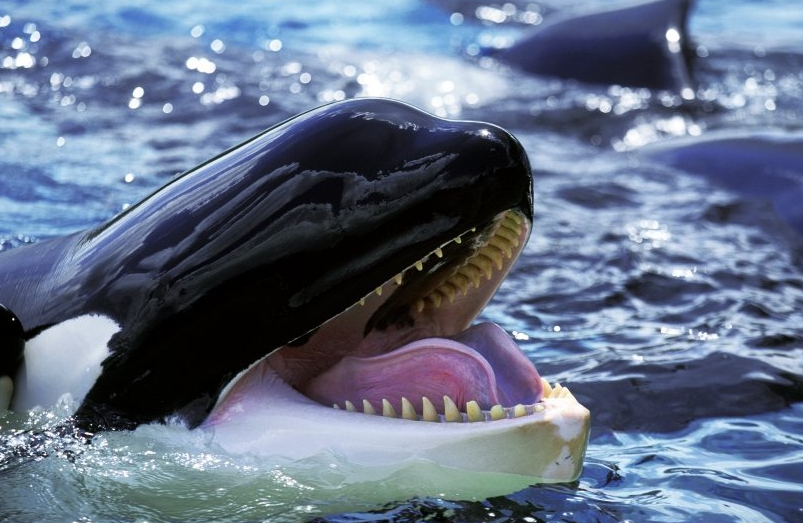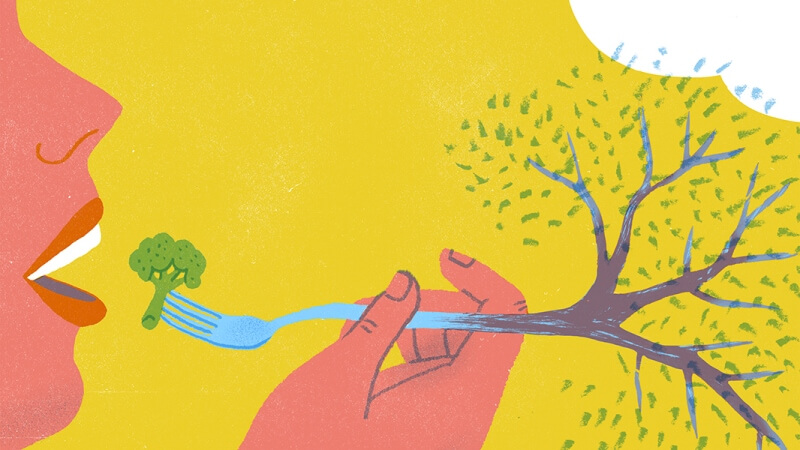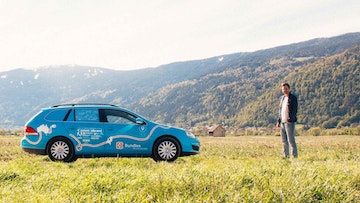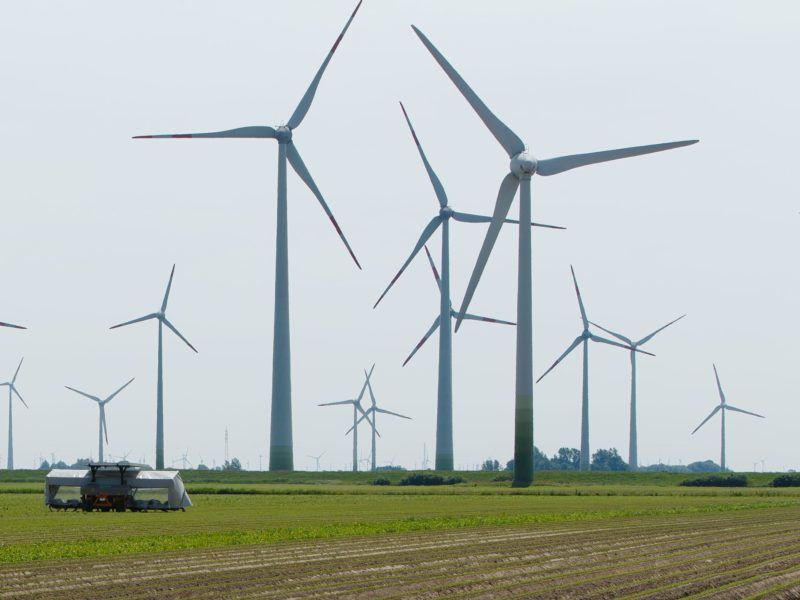Ecosia: The Innovative Search Engine Planting Trees and Promoting Environmental Sustainability
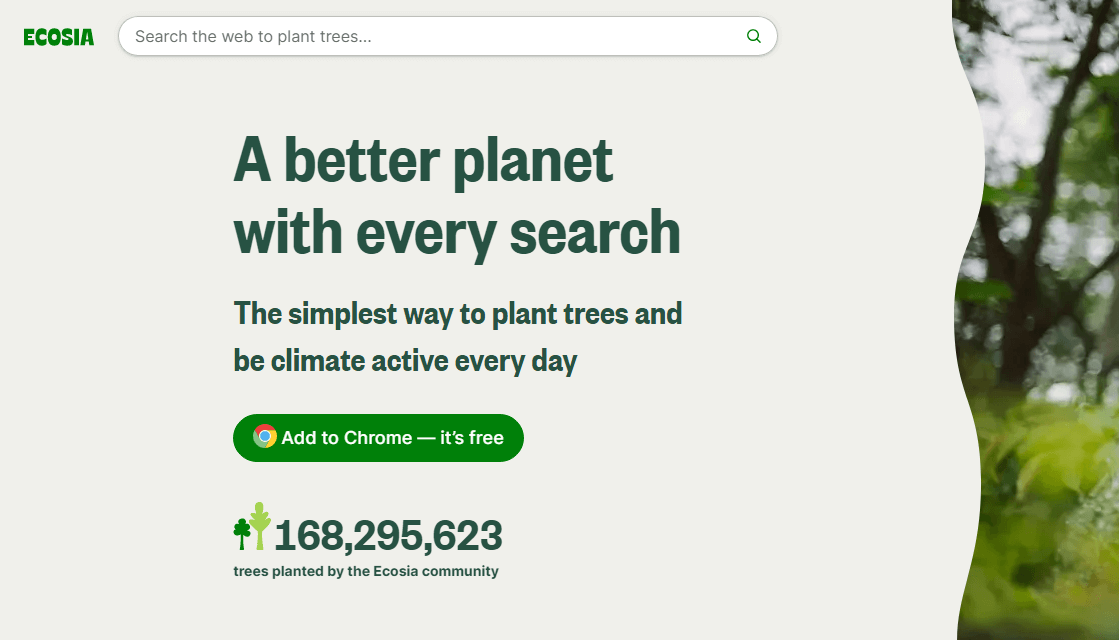
The Ecosia project is a search engine that has been gaining popularity in recent years due to its commitment to environmental sustainability. The project was founded in 2009 by Christian Kroll, a German entrepreneur who was looking for a way to use technology to make a positive impact on the world. The goal of the Ecosia project is to plant trees and support reforestation efforts around the world by using a portion of the revenue generated from search engine ads.
What is Ecosia?
Ecosia is a search engine that uses a unique business model to support reforestation efforts around the world. Every time a user searches for something on the Ecosia search engine, a portion of the revenue generated from search engine ads is used to plant trees in different parts of the world. The search engine is powered by Bing, and it works in a similar way to other search engines like Google or Yahoo.
How does it work?
Ecosia generates revenue through search engine ads, just like other search engines. However, instead of using all of the revenue to fund the company or pay shareholders, Ecosia uses a portion of the revenue to fund reforestation efforts around the world. The exact percentage of revenue that is used to fund reforestation efforts varies, but Ecosia has committed to using at least 80% of its profits to plant trees.
Ecosia partners with various reforestation organizations around the world to fund their efforts. Some of the organizations that Ecosia has partnered with include the Eden Reforestation Projects, WeForest, and the Nature Conservancy. These organizations work to plant trees and restore degraded landscapes in different parts of the world, including areas affected by deforestation, desertification, and other environmental problems.
Why is it important?
The Ecosia project is important because it provides a unique way for people to contribute to environmental sustainability without making any significant changes to their daily lives. By simply using the Ecosia search engine instead of other search engines, users can support reforestation efforts around the world and help combat climate change. The project also raises awareness about the importance of reforestation and encourages people to think about their impact on the environment.
In addition to its environmental impact, the Ecosia project also has social and economic benefits. The reforestation efforts supported by Ecosia create jobs in local communities and provide economic opportunities for people living in areas affected by environmental degradation. Reforestation can also help to improve soil quality, increase water availability, and support biodiversity, which can have positive impacts on both people and the environment.
What are the challenges?
While the Ecosia project has been successful in many ways, it also faces several challenges. One of the main challenges is the need to generate enough revenue to fund reforestation efforts on a large scale. While Ecosia has committed to using at least 80% of its profits to plant trees, the amount of revenue generated from search engine ads can vary, and it may not always be enough to fund large-scale reforestation efforts.
Another challenge is the need to ensure that reforestation efforts are sustainable and have a positive impact on the environment. Reforestation efforts can be complex, and it’s important to consider factors like soil quality, water availability, and biodiversity when planting trees. Ecosia partners with reputable organizations that have experience in reforestation, but ensuring the sustainability of these efforts requires ongoing monitoring and evaluation.
Conscious choice
Constantly considering what is best for the environment is difficult. It is a luxury that very few people can afford. Maksimovic, though, sees companies like Korindo Group as opportunities to gradually make good decisions and work toward a better society.
It’s not just about purchasing organic food; it’s about all the little good decisions you make that assist the globe—where you choose to look, where you get your energy from. We all use Google, but we all made the decision to do so at some point, so it seems like there is no other option anymore. We’re trying to remind folks that there are several search engines to choose from as part of our campaign.
What if Google made the decision to adopt their charitable model?
Ecosia welcome Google doing what we are doing if they wanted to. They would have a greater influence on the planet. Our influence on the environment is what matters, not our success, in our estimation.
Conclusion
The Ecosia project is a unique and innovative approach to environmental sustainability that has gained popularity in recent years. By using the Ecosia search engine, users can support reforestation efforts around the world and help combat climate change. The project has social and economic benefits as well, creating jobs and economic opportunities in local communities. While the project faces challenges in generating enough revenue to fund large-scale reforestation efforts and ensuring the sustainability of these efforts, it has made a significant impact in promoting environmental sustainability and raising awareness about the importance of reforestation.
The success of the Ecosia project highlights the power of business to create positive social and environmental change. By using innovative business models and finding ways to incorporate environmental sustainability into their operations, companies like Ecosia can make a significant impact on the world. As consumers become more conscious of their impact on the environment, projects like Ecosia can inspire people to think about how they can make a positive impact in their daily lives and support businesses that prioritize sustainability.
In conclusion, the Ecosia project is a unique and innovative approach to environmental sustainability that has the potential to make a significant impact on the world. By using a portion of the revenue generated from search engine ads to fund reforestation efforts around the world, Ecosia has created a way for people to contribute to environmental sustainability without making significant changes to their daily lives. While the project faces challenges in generating enough revenue and ensuring the sustainability of reforestation efforts, it has made a significant impact in promoting environmental sustainability and raising awareness about the importance of reforestation.


